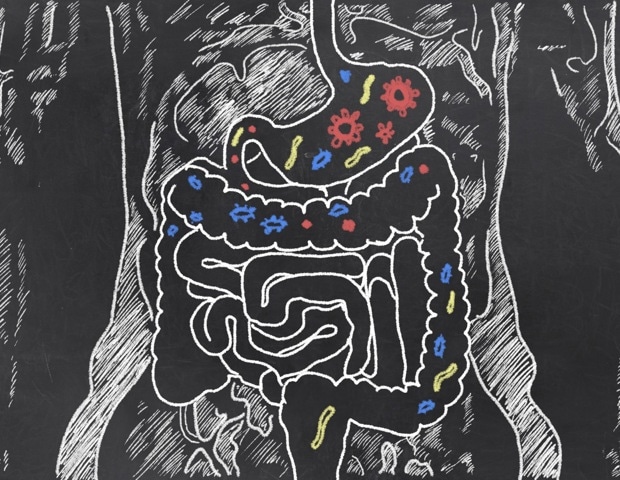
Gastric cancer, once predominantly affecting older adults, is increasingly being diagnosed in younger populations across developed countries. A recent study by researchers from The Chinese University of Hong Kong sheds light on the intricate relationship between diet, gastric microbes, and their metabolites in influencing gastric cancer risk. This comprehensive review highlights both harmful and protective microbial species and dietary patterns, serving as a potential roadmap for future research and personalized prevention strategies.
Gastric cancer, also known as stomach cancer, ranks as the fifth most common cancer globally and the third leading cause of cancer-related deaths, claiming over 784,000 lives annually. Historically more prevalent among older adults, the disease’s rising incidence in younger demographics has alarmed researchers, indicating a shift in risk factors that are just beginning to be understood.
Understanding the Role of Helicobacter pylori and Gut Microbiota
Helicobacter pylori, a bacterium infecting roughly half of the global population, is a known contributor to gastric cancer. However, fewer than 3% of those infected with H. pylori develop cancer, suggesting additional factors are at play. Recent studies indicate that the complex community of microorganisms in the digestive tract may significantly influence who develops this deadly disease. Given that diet strongly impacts gut microbiota, this interaction likely affects cancer risk.
In light of these findings, a research team led by Professor Jun Yu from the State Key Laboratory of Digestive Disease at The Chinese University of Hong Kong conducted an extensive analysis of how diet, gastric microorganisms, and their chemical byproducts interact to promote or prevent gastric cancer. Their review, published in the journal Research, summarizes current understandings and suggests new prevention strategies.
Dietary Patterns and Their Impact on Gastric Cancer
The researchers identified certain dietary patterns that create an environment conducive to gastric cancer development. High-salt foods, particularly those preserved with salt commonly found in Asian cuisines, can damage the stomach lining and foster harmful bacterial growth. Similarly, processed meats produce carcinogenic compounds when cooked at high temperatures. Heavy alcohol consumption and high-fat diets further contribute to cancer risk by producing toxic metabolites and promoting inflammation.
“Microbial profiling technology has facilitated investigations on microbes residing on the gastric mucosa, and increasing evidence has revealed the critical roles of non-H. pylori gastric microbes in gastric tumorigenesis,” explains Prof. Yu.
The Role of Non-H. pylori Microbes
Recent technological advancements have unveiled the significant roles of non-H. pylori microbes in gastric cancer development. The review highlights harmful bacteria such as Streptococcus anginosus and Fusobacterium nucleatum, which are more abundant in stomach cancer patients. These microorganisms actively participate in cancer development by producing toxic chemicals, promoting inflammation, and helping tumors evade the immune system. For instance, S. anginosus depletes an amino acid crucial for immune cell function, effectively disarming the body’s natural cancer-fighting mechanisms.
Conversely, beneficial bacteria like Akkermansia muciniphila and various butyrate-producing species help protect against cancer by strengthening the immune response and maintaining healthy stomach conditions. Harmful dietary patterns tend to reduce populations of these protective microorganisms while promoting the growth of harmful species.
Promising Interventions and Future Directions
The researchers suggest promising intervention approaches, including targeted dietary modifications and microbiome-based therapies. A healthy diet rich in fruits and vegetables and low in processed meats and salty foods can significantly lower gastric cancer risk. Some studies indicate that compounds in broccoli sprouts can reduce H. pylori colonization, while walnuts exhibit anti-cancer properties by reducing inflammation and supporting cellular defense mechanisms.
“Diets rich in fruits and vegetables and low in processed meat and salty foods can substantially lower the risk of gastric cancer,” emphasizes Prof. Yu.
Looking ahead, more sophisticated approaches to combat gastric cancer might involve engineered probiotics designed to outcompete harmful bacteria or precision nutrition strategies tailored to an individual’s microbiome profile. This comprehensive review provides a roadmap for future research and clinical developments, suggesting that preventing this disease may require a multifaceted approach addressing both dietary habits and the gastric microbiome.
As the global burden of gastric cancer continues to rise, these insights offer hope for more effective treatment and prevention strategies, potentially transforming the public health landscape concerning this significant threat.






